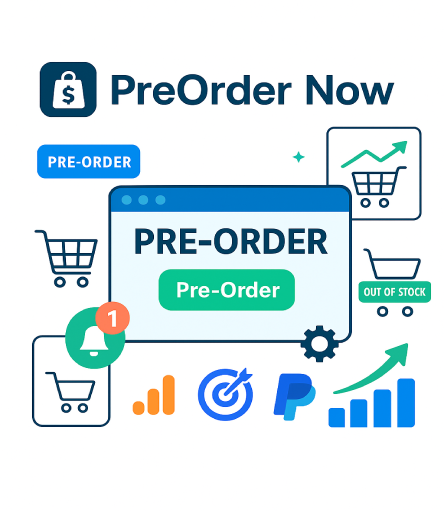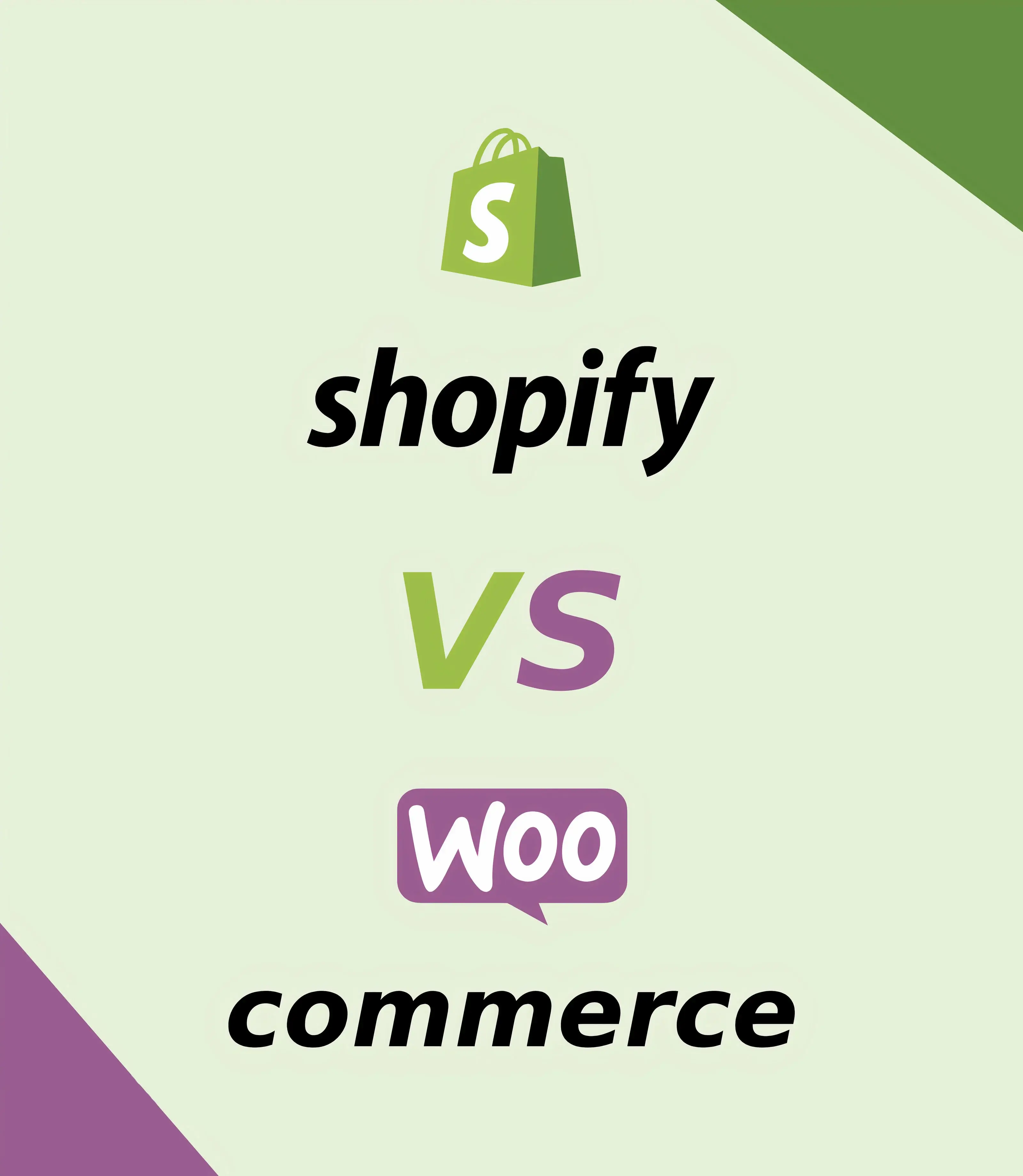SEO (Search Engine Optimization) success is based on a variety of factors that can broadly be categorized into on-page and off-page elements. Here are the key factors:
On-Page Factors
Content Quality and Relevance:
-
High-quality, original content that provides value to users.
-
Use of relevant keywords naturally within the content.
-
Regularly updated content.
Keyword Optimization:
-
Proper keyword research to find the terms users are searching for.
-
Effective use of primary and secondary keywords in titles, headers, and throughout the content.
Meta Tags:
-
Optimized title tags and meta descriptions that include relevant keywords.
-
Proper use of header tags (H1, H2, H3, etc.) to structure content.
URL Structure:
-
Clean, descriptive, and keyword-rich URLs.
-
Use of hyphens to separate words in URLs.
Meta Tags:
-
Optimized title tags and meta descriptions that include relevant keywords.
-
Proper use of header tags (H1, H2, H3, etc.) to structure content.
URL Structure:
-
Clean, descriptive, and keyword-rich URLs.
-
Use of hyphens to separate words in URLs.
Mobile-Friendliness:
-
Responsive design that works well on all devices.
-
Mobile usability optimization.
Page Speed:
-
Fast loading times for web pages.
-
Optimized images and use of browser caching.
User Experience (UX):
-
Easy navigation and user-friendly design.
-
Low bounce rates and high engagement metrics.
Off-Page Factors
Backlinks:
-
High-quality, relevant backlinks from authoritative sites.
-
Natural and diverse backlink profile.
Social Signals:
-
Engagement on social media platforms.
-
Content sharing and mentions.
Domain Authority:
-
Overall trustworthiness and authority of the domain.
-
Longevity and history of the domain.
Technical SEO
Crawlability:
-
Proper use of robots.txt to guide search engine crawlers.
-
Clear sitemap submitted to search engines.
Indexability:
-
Proper use of canonical tags to avoid duplicate content.
-
Ensuring that important pages are indexable.
Site Structure:
-
Logical organization of content.
-
Use of structured data (schema markup) to help search engines understand content.
SSL/HTTPS:
-
Secure site with HTTPS encryption.
Analytics and Monitoring
Use of SEO Tools:
-
Regular use of tools like Google Analytics, Google Search Console, and third-party SEO tools to monitor performance.
-
Tracking keywords, traffic, and other key metrics.
Continuous Improvement:
-
Regular audits and updates based on performance data.
-
Staying up-to-date with the latest SEO trends and algorithm updates.
📩 Get in Touch :
Ready to take your Shopify store to new heights? Send us a DM or visit our website to kickstart your journey with Codesdesk today!
📞 Contact Number : +91-99880-74677
📩 Email Id : info@codesdesk.com
🌐 Website : www.codesdesk.com
🌐 Visit Our Website :
Explore our services and discover how we can elevate your e-commerce game. Head over to www.codesdesk.com for more information and to get started today!
Subscribe to our newsletter
Be the first to hear about what’s hot in e-commerce and Shopify Plus. Straight to your inbox.














